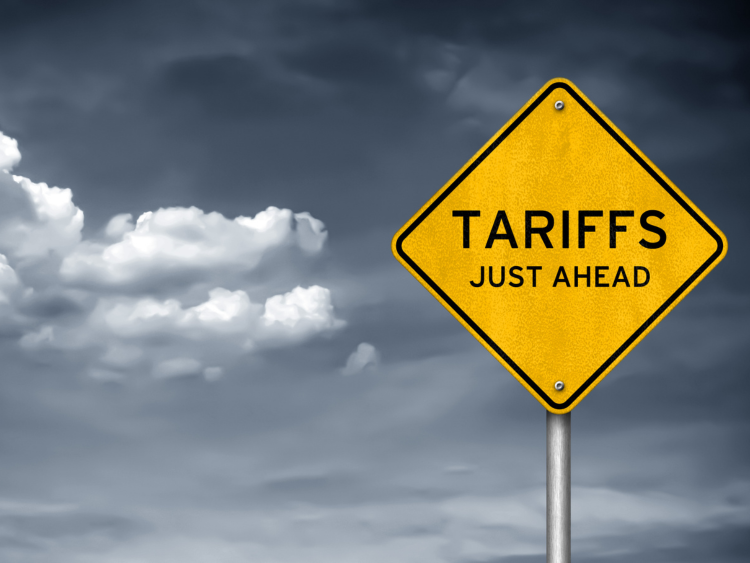Trade Cases

Leibowitz on Trade: USMCA, China Tariffs in the News
Written by Tim Triplett
December 2, 2018
Trade attorney and Steel Market Update contributor Lewis Leibowitz offers the following update on events in Washington:
On a very busy weekend, two major developments (potentially):
USMCA Signed in Buenos Aires
The new U.S.-Mexico-Canada Agreement (USMCA) was signed by the leaders of all three countries on Friday. The agreement modernizes NAFTA in some areas and toughens standards for automotive rules of origin. On balance, it is a rather modest revision of the old NAFTA.
The agreement left this year’s steel and aluminum tariffs in place, although the three countries agreed to continue negotiations to remove the tariffs on goods from Canada and Mexico. Now that President Andres Manuel Lopez Obrador (popularly known as AMLO) has taken office, the talks will feature a new cast of negotiators on the Mexican side. Many were disappointed that a deal on tariffs did not precede the signing. But the parties ran out of time to meet a key Mexican objective: to sign the deal while the former president, Enrique Pena Nieto, was still in office. We will see whether a deal can be struck to remove the steel and aluminum tariffs any time soon.
President Trump also announced on Saturday that he intends to terminate the existing NAFTA “soon.” As I’ve noted in a previous email, there is considerable doubt whether the president has the legal authority to terminate NAFTA without congressional approval. The termination is designed to present Congress with a stark choice: approve the new USMCA or revert to pre-NAFTA trading rules. He wants to increase the pressure on Congress to approve the new agreement. Again, there is uncertainty in the air. If the president formally notifies Congress that he is terminating NAFTA (which can only be done with six months’ advance notice), there will likely be a flurry of activity, including, probably, litigation over the move.
China-U.S. Trade War
President Trump and President Xi had an important dinner Saturday night in Buenos Aires. At the conclusion of the dinner, the two leaders announced that the increased tariffs from the U.S. side scheduled for Jan. 1, 2019, would be postponed for 90 days. President Trump also announced that China had agreed to increase purchases of U.S. agricultural and industrial goods from the United States. If new agreements are not reached by the end of March 2019, the United States could increase the tariffs to 25 percent on $200 billion of imports from China, as it announced in September. This is only a truce, according to most observers, and does not resolve the major issues covering intellectual property, forced technology transfer and other trade agreement violations the U.S. has accused China of committing.
The details of this agreement are unclear, including whether China has agreed to cut or eliminate retaliatory tariffs stemming from the U.S. tariffs announced earlier this year on goods whose value in 2017 was about $250 billion (about half of U.S. imports from China last year). The negotiations are to commence immediately, according to the White House, but no schedule has been released.
Lewis Leibowitz
The Law Office of Lewis E. Leibowitz
1400 16th Street, N.W.
Suite 350
Washington, D.C. 20036
Phone: (202) 776-1142
Fax: (202) 861-2924
Cell: (202) 250-1551

Tim Triplett
Read more from Tim TriplettLatest in Trade Cases

Industry piles on new Section 232 steel derivative inclusion requests
The Department of Commerce received 97 submissions from producers, manufacturers, and groups seeking Section 232 tariff coverage for steel and aluminum derivative products.

Price on Trade: New EU steel tariffs don’t mean the US should weaken its stance
Any steel imports into the EU that exceed the new, lower quota level would be subject to a 50% tariff, which represents a major increase from the EU’s current 25% out-of-quota tariff. This move would largely align the EU’s steel tariff rate with Canada and the United States.

Global steel forum sets 2026 framework deadline as US ups pressure on excess capacity
Global steelmakers sounded the alarm Friday over the deepening excess steelmaking capacity crisis. Ministers at the Global Forum on Steel Excess Capacity (GFSEC) in Gqeberha, South Africa, pledged to...

CRU: China’s indirect steel exports find new destination markets
The boom in China’s direct steel exports has not stopped this year, even with a rise in protectionist measures globally. The increase is driven by...

U.S. Steel sues Algoma over iron pellet shipments
U.S. Steel is suing Algoma over the Canadian flat-rolled producer's rejection of iron pellet shipments, arguing it has breached its contract.
